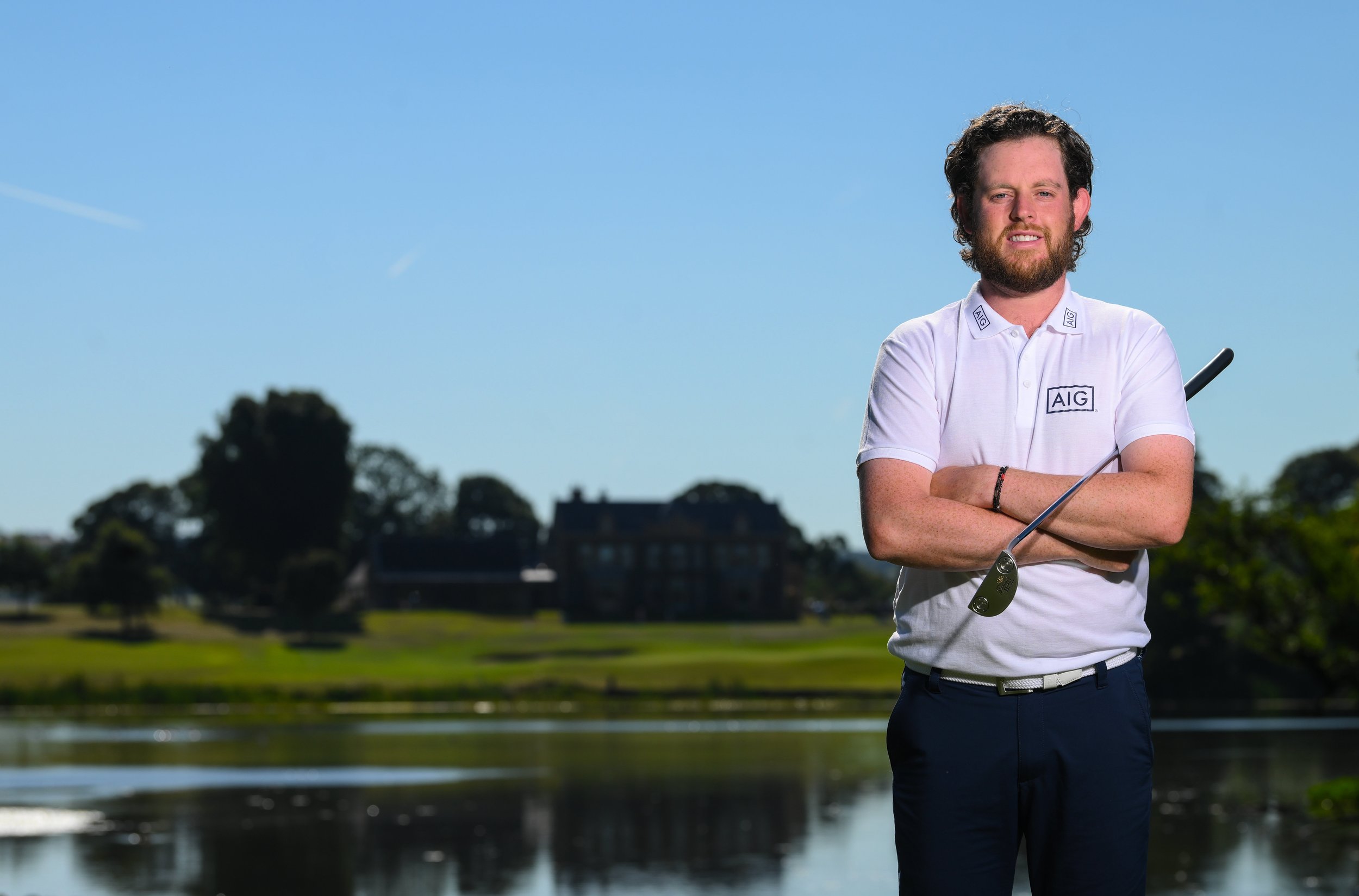Why nurturing young Irish golf talent pays off

The influence of youth player development on Ireland's overall golfing landscape is significant.
It serves as the portal to the sustained vitality of the golf business. A favourable, enjoyable, and productive start to golf fosters lifelong golfers.
The mission of the PGA Professionals, the sport's gatekeepers, is to uphold this responsibility. As a nation, we must persist in player development to ensure the ongoing operation of courses. It is a fundamental principle of economics that one must generate demand for a product or service to ensure a firm's viability and, importantly, to develop stars of the future.
Fixing the Talent Pathways in Irish Golf
Aside from McIlroy and Shane Lowry, who are now international competitors, Tom McKibbin is the sole domestically-based Irish player with full status on the DP World Tour. Last year, six Irish players advanced to the final level of Q-school, although none secured a card.
What is the extent of the landscape's transformation? Ten years ago, when the Irish Open was held at Fota Island, there were 21 Irish players in the competition; the 2024 Irish Open at Royal County Down this past September had a mere 11.
It is evident that Irish professional golf has diminished significantly in stature. Only five Irish players ranked within the top 18 exemption categories on the DP World Tour this year, placing Ireland below Germany, Italy, Denmark, Sweden, France, Scotland, and Spain.
What is the rationale for that? The talent channels in Irish golf must become stronger and well-equipped for players, not just in youth development, but to support consistently yielding outstanding amateur players as they transition to the pro leagues and beyond. This is not just a suggestion but a necessity for the future of Irish golf.
Case study: Shane Lowry
Shane Lowry first gained recognition by winning the Irish Amateur Close Championship in 2007 and has since experienced a remarkable ascent in golf, participating in two Ryder Cup events in 2021 and 2023 and securing a Major title at The Open at Royal Portrush in 2019.
Since becoming a professional in 2009, Lowry has positioned himself among the elite players globally. Lowry has ascended from a talented amateur to a distinguished PGA Tour player, presently ranked within the top 30, thus becoming a sure wager when fans explore trusted betting options.
We don’t just want to bet on Lowry’s talents, though; we should be gambling on Ireland’s future. Not everyone will commence playing golf at 13 and get a 12 handicap within a year. Nonetheless, Lowry has inspired future generations due to his early success and popularity; however, these enthusiastic players must be cultivated appropriately.
The Importance of Youth Golf Development
The commendable facets of golf are grounded in tradition and typically imparted through engagement with other golfers. As adults, we recognise that golf entails specific codified and implicit regulations that must be adhered to for the collective good. There exist pedagogical approaches for instructing, training, and educating novices that ought to augment the pleasure of playing.
Regrettably, adults tend to have a diminished capacity to learn new concepts rapidly. We like to pursue our own methods and occasionally neglect teaching areas of the game that do not captivate us. This reckless attitude may induce stress in individuals who genuinely cherish the game.
This is where the significance of junior golf programs becomes evident. Junior golf programs cultivate and enhance all facets of the sport. They instil in younger players the principles of honesty, integrity, and respect, both on and off the course. Numerous national organisations and initiatives advocate for junior golf. Their significance to the game's overall vitality is paramount since the subsequent cohort of exceptional players requires a pathway to achieve greatness akin to Rory McIlroy.
Golf Ireland: Taking the right steps in grassroots
Golf Ireland has launched a new school initiative aimed at over 500 primary and secondary schools to train more than 1,000 individuals in educational and community environments to facilitate golf activities and engage 200,000 participants in various golf development initiatives over five years.
In the forthcoming years, the Ryder Cup, the Open, the Women’s Open, the Amgen Irish Open, The Walker Cup, and the KPMG Women’s Irish Open will attract global attention.
Golf Ireland deserves commendation for its proactive approach to fostering a golfing boom alongside these prestigious events rather than waiting for them to conclude. They intend to optimise these events' advantages through a five-year investment strategy (2024-2028) focusing on three principal pillars: Accessible Infrastructure, Targeted Participation Initiatives, and Awareness Campaigns.
With any luck, Golf Ireland will sustain this program beyond 2028 and not discontinue it following the conclusion of the major championships hosted in Ireland.
Introducing golf to children and integrating it into schools at the grassroots level is long overdue.
Let’s Build from the Ground Up
Golf Ireland appears to be prioritising grassroots development, which deserves commendation. Cultivating a new generation of young players to compete with the Scots, the Danes, and Swedes on global tours is imperative, especially in the men's game, where we have lagged behind.
To establish a legacy, one must proactively prepare golfing infrastructure in anticipation of events like the Ryder Cup and the Open rather than merely extolling the benefits and waiting to assess the aftermath. The outcomes of the school program are more significant than the potential economic benefits of these large events.






